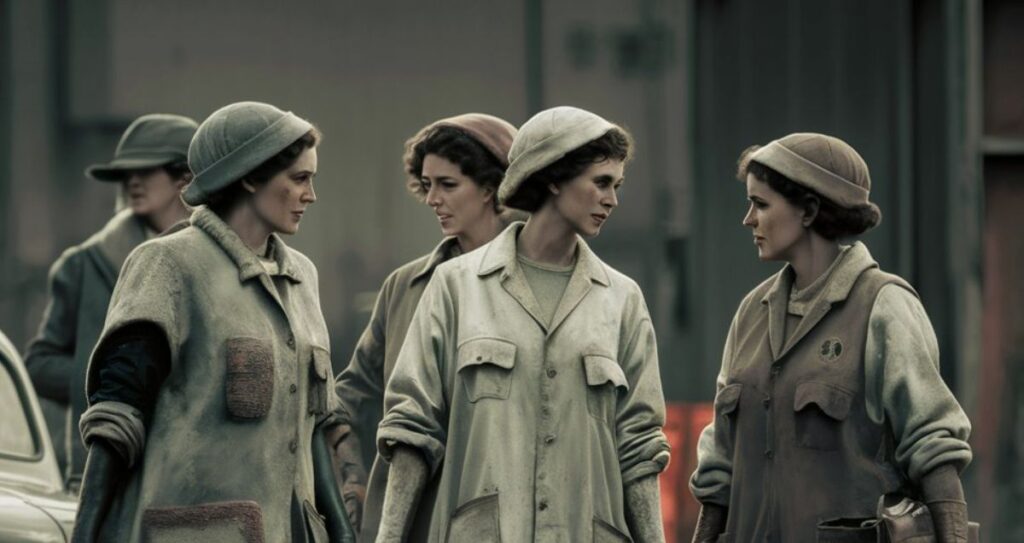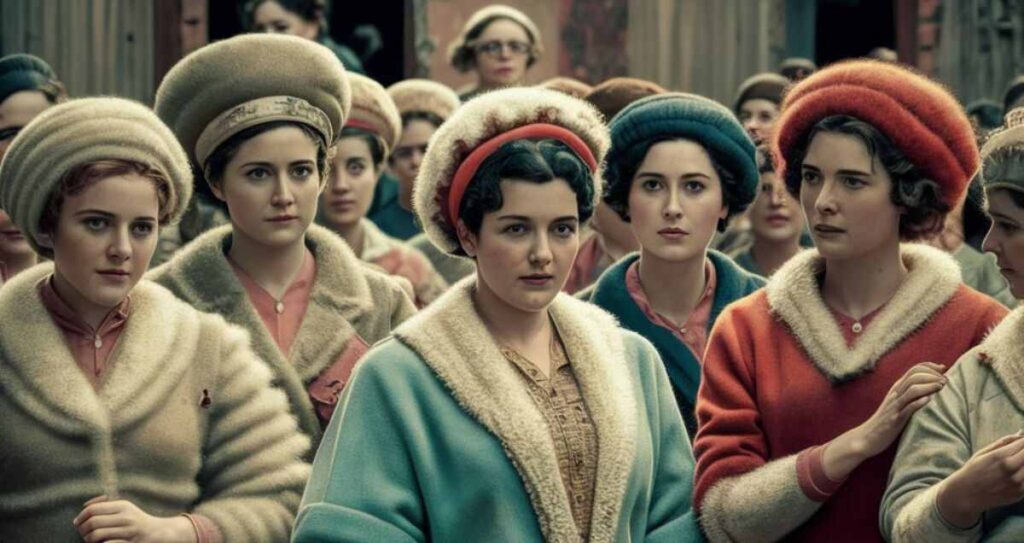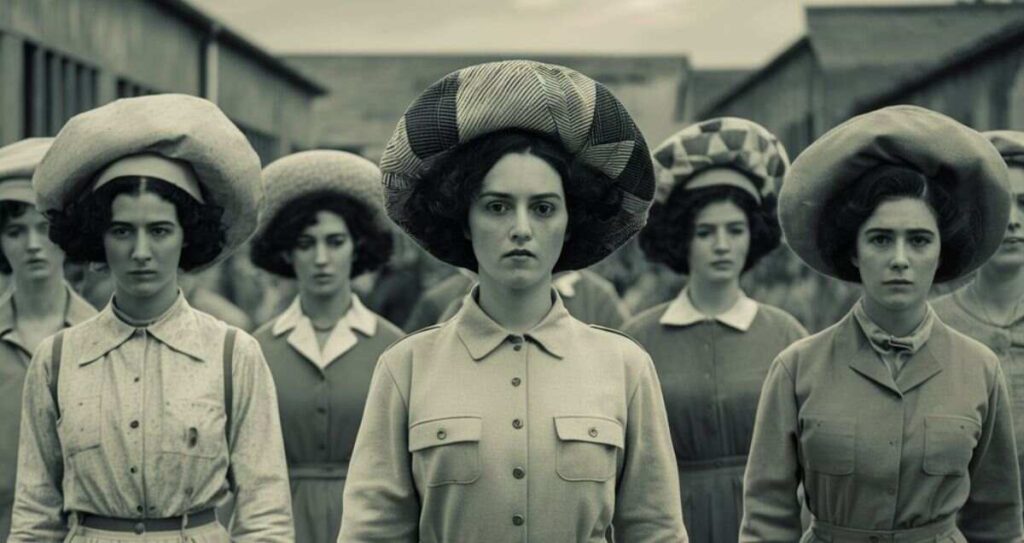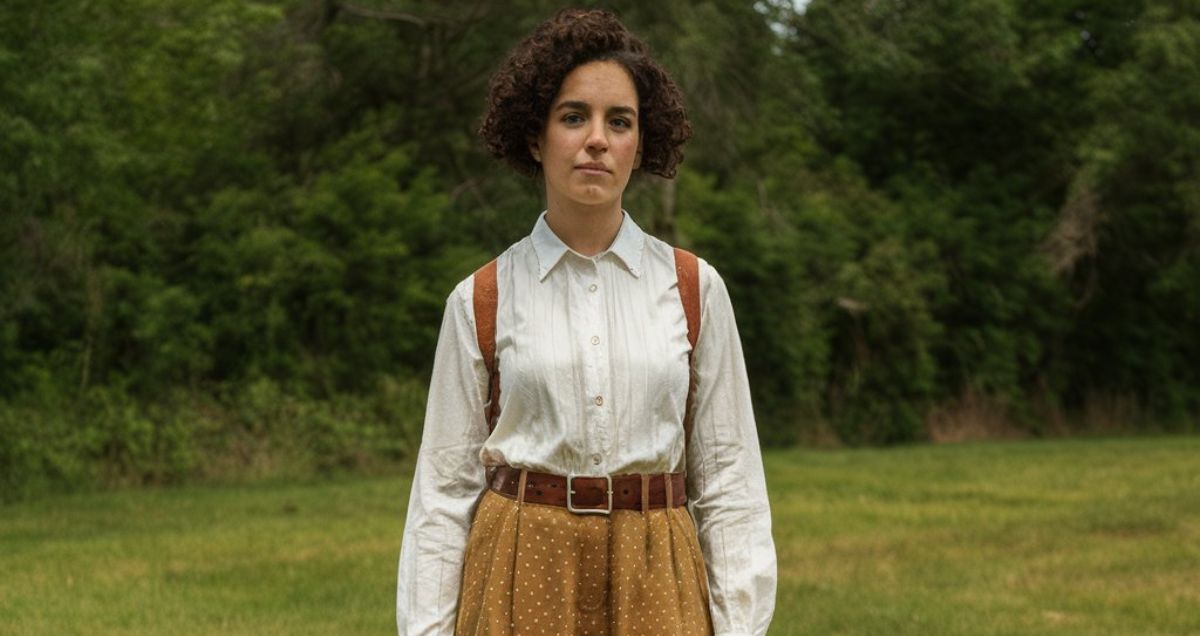Great Depression Women’s Outfits Uglys refers to the practical, often minimalist clothing styles worn by women during the 1930s, shaped by economic hardship and resource scarcity.
Explore the ‘ugly’ yet resilient fashion of the Great Depression. Discover how women transformed simple, practical clothing into a symbol of strength and survival.
Fashion during the Great Depression was defined by resourcefulness, with women wearing simple, functional outfits made from affordable materials. These clothes became a symbol of resilience in the face of economic struggles.
The Great Depression Women’s Outfits: A Look at “Ugly” Fashion and How It Defined an Era

The Great Depression of the 1930s was a period of economic hardship that reshaped American society. It altered not just the financial landscape, but also the way people lived, dressed, and interacted. For women, Great Depression Women’s Outfits Uglys became an expression of both resilience and practicality. The era’s fashion was often considered “ugly” due to its utilitarian nature, but it was also a symbol of survival and innovation in the face of scarcity.
In this article, we’ll explore how Great Depression Women’s Outfits Uglys reflected the era’s values, struggles, and creativity. We’ll dive into the reasons behind the perceived “ugliness” of the fashion choices, highlight some of the key styles, and examine how the fashion industry adapted to the harsh realities of the time. Along the way, we’ll see how these garments provided a sense of identity for women and served as a coping mechanism during one of the most challenging times in American history.
The Rise of Practicality: The Great Depression and Its Influence on Women’s Fashion
When the stock market crashed in 1929, it triggered a series of events that led to widespread poverty, unemployment, and uncertainty. For women, fashion became a reflection of these tough times. Gone were the days of extravagant dresses, ornate accessories, and luxurious fabrics. Instead, practical, simple, and affordable clothing became the norm.
Key Factors Shaping Fashion Choices
- Economic Struggles: With families struggling to make ends meet, clothing became a necessity, not a luxury. Women had to prioritize practicality over style, often repurposing old garments or making their clothes at home.
- Minimalism and Simplicity: The idea of excess became unattractive during the Great Depression. Elaborate decorations, lavish embellishments, and unnecessary frills were abandoned in favor of simple, functional designs.
- Resource Scarcity: Materials like silk, lace, and velvet became too expensive, so women had to make do with more affordable fabrics such as cotton, wool, and rayon.
The “Ugly” Factor: Why Great Depression Fashion Was Considered Unattractive

Many people consider Great Depression Women’s Outfits Uglys to be unattractive, often referring to them as “ugly.” While this judgment comes from a modern perspective, it’s important to understand the reasoning behind the fashion choices at the time.
Practicality Over Aesthetics
- Shape and Fit: Women’s clothing during the Great Depression was often looser and boxier, focusing on comfort and functionality rather than flattering silhouettes. This gave many outfits an unshaped, “ugly” look compared to the figure-hugging styles of the 1920s.
- Plain Fabrics: Elaborate fabrics were reserved for the wealthy, so most women wore inexpensive, plain fabrics. The muted colors—grays, browns, and faded blues—didn’t offer much excitement compared to the vibrant and ornate styles of earlier decades.
- Patching and Repurposing: As families became more resourceful, women often patched and mended their clothes, leading to mismatched or worn-out garments. Although this was a practical response to limited resources, it contributed to the overall “ugly” aesthetic.
A Cultural Shift: Beauty Redefined
While these fashion choices might seem unattractive to modern sensibilities, they represented a cultural shift toward resilience and frugality. Fashion was no longer about showcasing wealth; it became a tool for survival. The ugliness wasn’t in the designs themselves, but in the circumstances that made such clothing necessary.
Key Features of Women’s Outfits During the Great Depression
Despite the financial challenges, women still found ways to make their outfits look polished, even if they weren’t glamorous. The main focus was on making the best of a difficult situation, often through resourcefulness and creativity.
Simple, Straightforward Dresses
- Design: Dresses during the Great Depression were often straight-lined with little to no shape. Dresses were usually knee-length or just below the knee and featured minimal embellishments.
- Materials: Common fabrics included cotton, wool, and rayon. These materials were cheap, durable, and easy to care for.
- Color: The dresses were mostly in neutral or muted tones—beiges, grays, and faded colors dominated the fabric choices.
Tea-Length Skirts and Dresses
- Skirts were typically tea-length (falling between the knee and mid-calf) as fabric was limited, and longer skirts required more material. Women also wore skirts paired with blouses or jackets, creating a practical yet simple look.
The Waistline Shift
- The 1920s had seen the rise of the dropped waist, but the Great Depression Women’s Outfits Uglys saw a return to natural waistlines. However, the fits were still loose and less form-fitting, leading to a more “unflattering” appearance compared to the tailored and structured silhouettes of the 1910s.
Footwear and Accessories: Making Do with Less

During the Great Depression, women’s accessories were often used to add a bit of style to otherwise simple outfits. However, due to the lack of resources, many of these accessories were practical rather than ornamental.
Shoes
- Work Boots: Durable, sensible shoes were a necessity. Women wore sturdy, low-heeled shoes, often in brown or black leather.
- Ballet Flats: Simple, flat shoes made from leather or fabric were also popular for comfort.
Hats
- Many women wore hats as a form of self-expression, but also as protection from the sun or weather. These hats were simple in design and usually made from affordable materials like felt or wool.
Scarves and Gloves
- Scarves were often used to cover the head or neck for warmth and style. Woolen gloves were also common, especially for women in urban areas.
How Women’s Fashion Changed After the Great Depression
Once the Great Depression had passed and the country began to recover, women’s fashion started to shift dramatically, embracing more elegant and luxurious designs once again. However, many of the lessons learned from the era of frugality lingered in the minds of designers and consumers alike.
The 1940s: A New Kind of Elegance
- During the 1940s, women’s outfits became more structured and feminine. However, the need for practicality still lingered, especially during World War II when fabric rations were common.
- Skirts became fuller, and the waist returned to its natural position. Dresses became more form-fitting, and fashion regained its sense of glamour, though it was still restrained compared to pre-Depression years.
Case Study: The Resilience of Fashion in the 1930s
Clara’s Story: Making Clothes Work During the Great Depression
Clara, a young woman from rural Iowa, shared how she and her family managed their wardrobes during the Great Depression. With limited resources, Clara’s mother would repurpose old fabric from worn-out garments to create new dresses for Clara and her sisters. They learned to sew and mend clothes, using patches to extend the life of their garments. Clara recalled, “We didn’t mind how plain our dresses were. It was about making them last and staying warm during the long winters.”
Conclusion
The Great Depression women’s outfits may have been considered “ugly” by some, but these clothes were a testament to the strength, resilience, and resourcefulness of women during one of the most difficult periods in history. These outfits weren’t just about survival—they were about creativity, innovation, and adaptation.
Fashion during the Great Depression wasn’t about looking perfect—it was about making do and finding beauty in simplicity. Today, we can look back at those “ugly” outfits with a deep sense of admiration for the women who wore them and the hardships they endured.
Welcome to FashionTrista! I’m David Mark, and I’m excited to share my passion for fashion with you. At FashionTrista, we offer a curated selection of the latest trends, style tips, and fashion advice to keep you ahead of the curve. Whether you’re looking for outfit inspiration or expert guidance, FashionTrista is your go-to resource for all things fashion. Explore with us and redefine your style journey.

